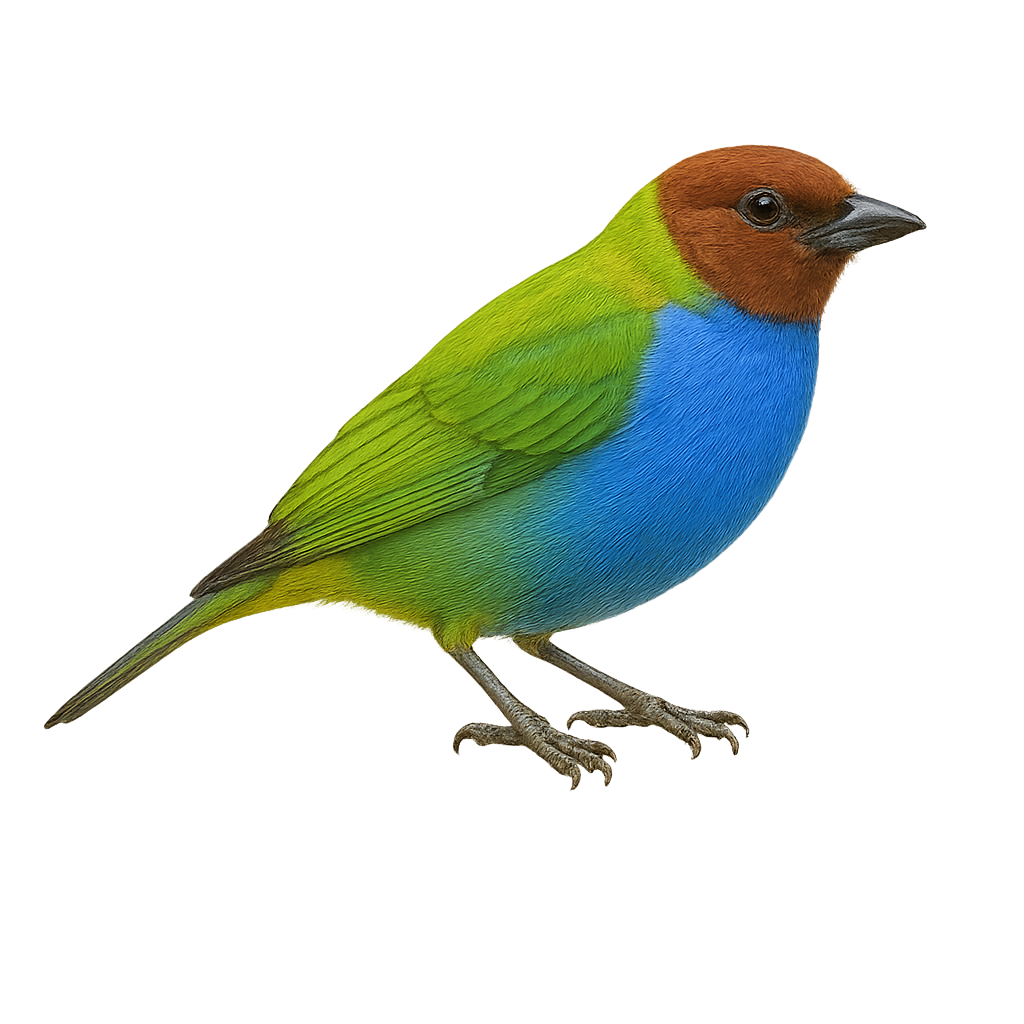Your wildlife photography guide.
Explore the bay-headed tanager in detail, study its behavior, prepare your shots.
Where to observe and photograph the bay-headed tanager in the wild
Learn where and when to spot the bay-headed tanager in the wild, how to identify the species based on distinctive features, and what natural environments it inhabits. The WildlifePhotographer app offers tailored photography tips that reflect the bay-headed tanager’s behavior, helping you capture better wildlife images. Explore the full species profile for key information including description, habitat, active periods, and approach techniques.
Bay-headed Tanager
Scientific name: Tangara gyrola

IUCN Status: Least Concern
Family: THRAUPIDAE
Group: Birds
Sensitivity to human approach: Suspicious
Minimum approach distance: 10 m
Courtship display: April to June
Incubation: 13-15 jours
Hatchings: April to July
Habitat:
Tropical forests, humid forests, forest edges
Activity period :
Primarily active during the day, with peak activity in the morning and late afternoon.
Identification and description:
The Bay-headed Tanager, scientifically known as Tangara gyrola, is a vibrant bird native to the tropical forests of Central and South America. It is easily identified by its striking green head, which contrasts with its body adorned in shades of blue, red, and yellow. This bird measures about 14 cm in length and weighs between 19 and 22 grams. Its diet consists mainly of fruits, but it also consumes insects and nectar. Bay-headed Tanagers live in small groups and are often seen actively moving through the canopy. Their song is a soft warble, and they play a crucial role in seed dispersal, aiding forest regeneration.
Recommended lens:
400 mm – adjust based on distance, desired framing (portrait or habitat), and approach conditions.
Photography tips:
To photograph the Bay-headed Tanager, it is advisable to use a 400mm lens or longer to capture detailed images without disturbing the bird. Look for areas where fruits are abundant, as these birds are often attracted to fruiting trees. Be patient and discreet; although suspicious, they can get used to your presence if you remain still. Take advantage of the natural morning light to achieve vibrant colors and good contrast.
The WildlifePhotographer App is coming soon!
Be the first to explore the best nature spots, track rutting seasons, log your observations, and observe more wildlife.
Already 1 429 wildlife lovers subscribed worldwide

